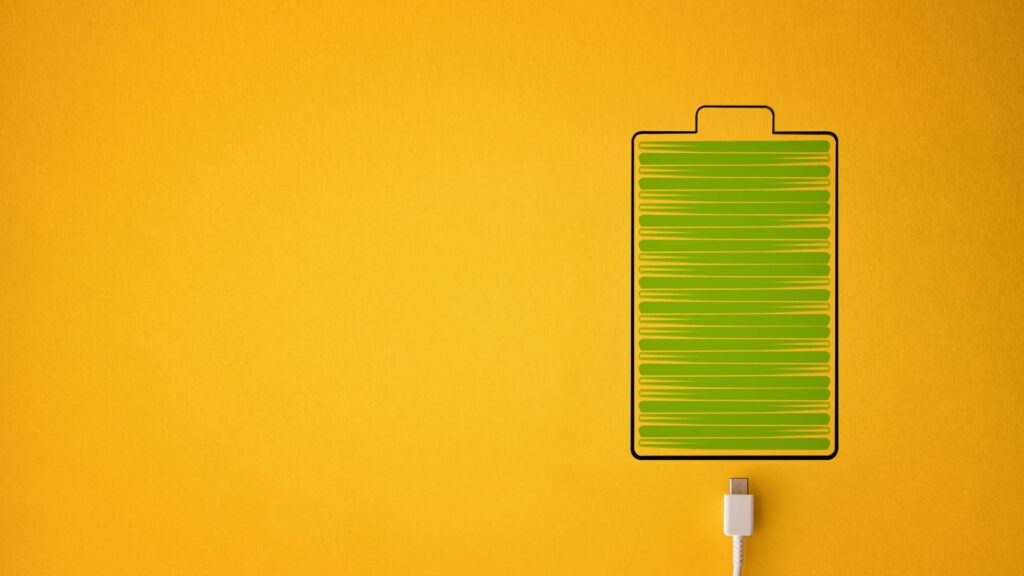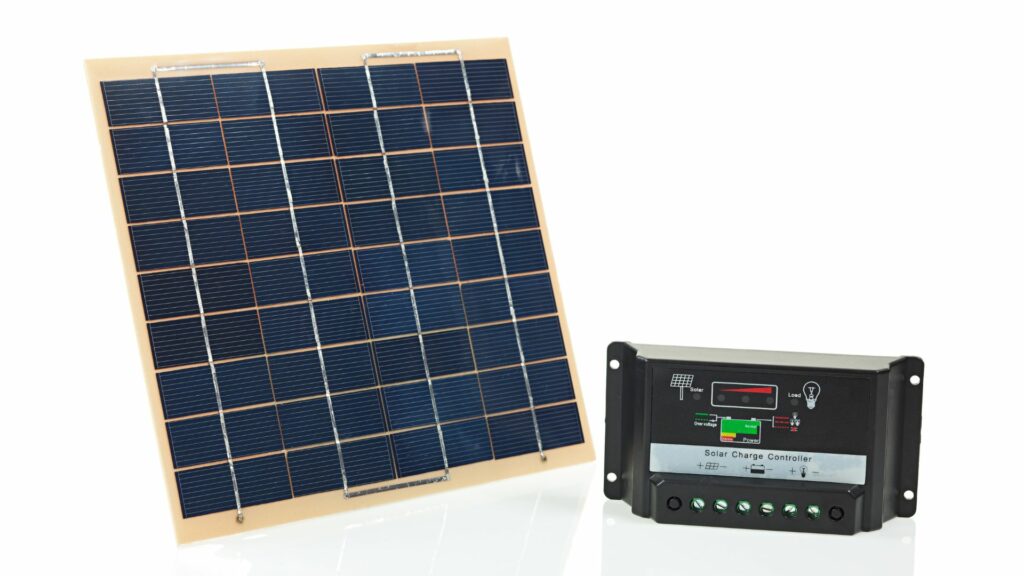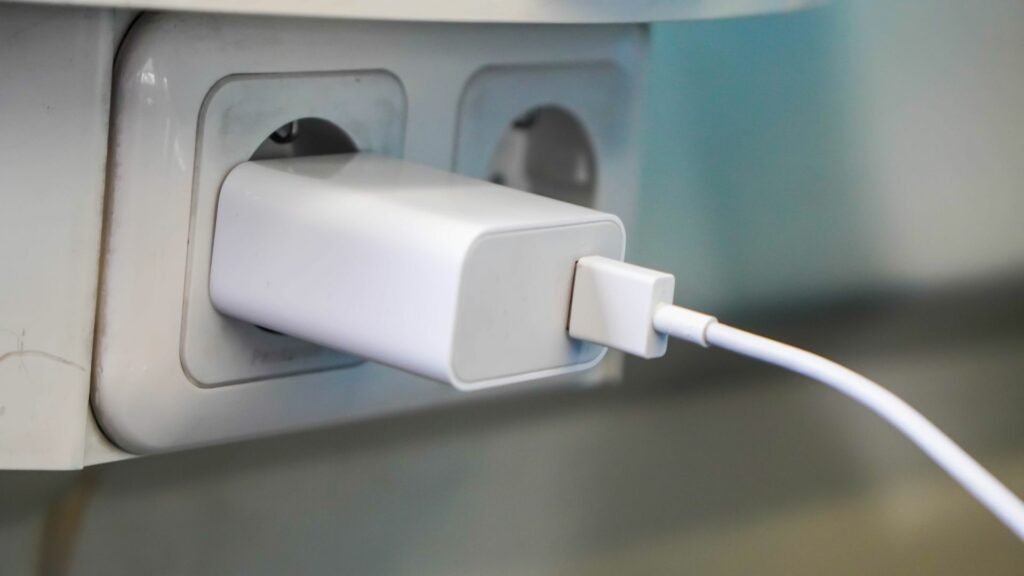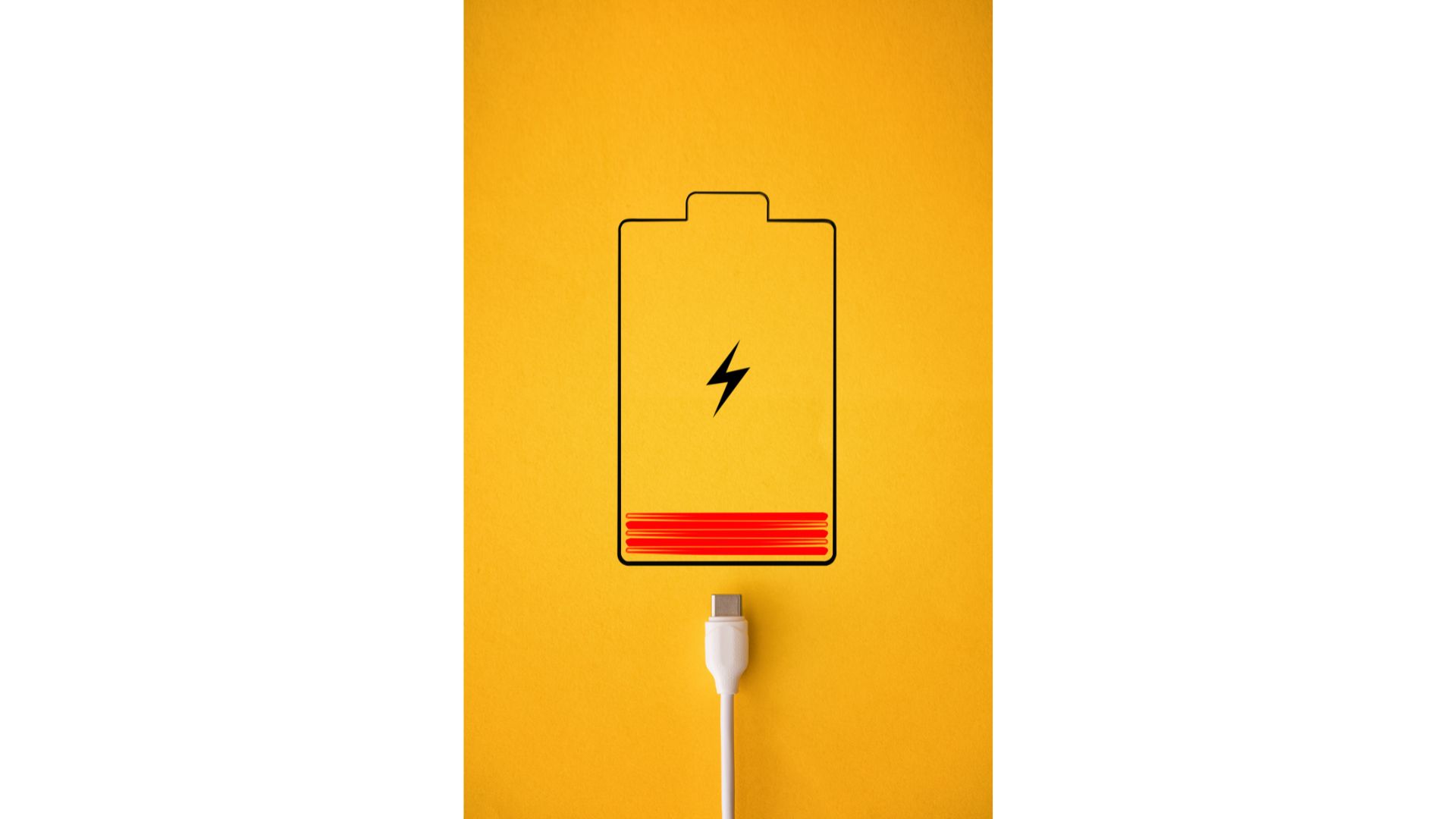The mAh tells you the battery’s capacity. It shows you how long a battery takes to charge and discharge. This explains the emphasis people place on this variable. First of all, they prefer batteries that last a long time. Secondly, they gravitate towards batteries that charge as quickly as possible.
You calculate the discharge rate by comparing the battery’s mAh to the current draw of the appliance it will run. Determining the charging duration means doing the opposite, that is to say, comparing the battery’s mAh to the charger’s mA.
If you check your equipment’s label, it will show you the amount of current the battery will pull. Modern devices are intelligent.
They will only draw as much power as they need. In other words, just because a charger has a rating of 3 amps doesn’t mean the battery will pull 3 amps. The battery may limit the current draw to 1A, increasing the charging time even though the charger can fill the battery within a shorter duration. This shows that a battery’s charging rate is not fixed.
How Long To Charge 10000 mAH Battery?
| Efficiency Loss | Battery mAh | Charger Output | Charging Time |
| 10% | 5000mAh | 1000mA | 11 Hours |
| 20% | 5000mAh | 1000mA | 12 Hours |
| 30% | 5000mAh | 1000mA | 13 Hours |
| 40% | 5000mAh | 1000mA | 14 Hours |
| No Loss | 5000mAh | 1000mA | 10 Hours |
| Efficiency Loss | Battery mAh | Charger Output | Charging Time |
| 10% | 10000mAh | 2000mA | 5.5 Hours |
| 20% | 10000mAh | 2000mA | 6 Hours |
| 30% | 10000mAh | 2000mA | 6.5 Hours |
| 40% | 10000mAh | 2000mA | 7 Hours |
| No Loss | 10000mAh | 2000mA | 5 Hours |
| Efficiency Loss | Battery mAh | Charger Output | Charging Time |
| 10% | 10000mAh | 5000mA | 2.2 Hours |
| 20% | 10000mAh | 5000mA | 2.4 Hours |
| 30% | 10000mAh | 5000mA | 2.6 Hours |
| 40% | 10000mAh | 5000mA | 2.8 Hours |
| No Loss | 10000mAh | 5000mA | 2 Hours |
How To Calculate The Time To Full Charge A 10000mAH Battery?
Divide the battery’s mAh by the charger’s mA. Add 10 percent to the final figure. That 10 percent is not fixed. The figure depends on the charger’s efficiency. The most efficient chargers will reduce the amount of energy lost to heat.
Inefficient chargers will do the opposite. They will increase the energy lost to heat, which, in turn, elevates the charging rate.
5 Factors That Make A Difference In Charging Time
As you now realize, a battery’s charging rate is not fixed. The following factors will influence the charging time:
1). Battery Charge Level

How much charge does the battery have? Is it full, half-full, quarter-full, or completely dead? The more power the battery has, the faster it will charge. For instance, you can fill a 10000mAh battery that is already 80 percent full in a few minutes.
On the other hand, it may take ten hours or more to charge a 10000mAh battery at 0 percent. Don’t allow the battery to fall to zero. Completely discharging a battery lowers its lifespan. People allow their batteries to die because they think charging a battery too frequently causes harm.
But that is not true. You can recharge a battery whenever it falls below 50 percent without damaging it. Don’t allow the battery to drop past 30 percent.
2). Charging Technology

What are you using to charge the battery? You can trust a circuit with a connection to the grid to charge your battery within hours. The same cannot be said for solar power. A solar system’s charging efficiency depends on various factors, including the number of panels, wire length and gauge, the intensity of the sun, and more.
Generators are more reliable. But some generators are less efficient than others, especially when you allow the machines to exceed their lifespan.
3). Adaptor

What does the charging adaptor’s label say? How much power can it provide? The adaptor’s output has a direct impact on the charging rate. Naturally, you expect chargers with a higher amp rating to charge 10000mAh batteries faster.
However, the battery’s mechanisms can limit the volume of current it accepts. Therefore, you must compare the battery’s input to the adaptor’s output. The battery’s mechanisms are necessary. They protect the battery by preventing overcharging. Even though they are inconvenient, don’t make any effort to bypass them.
Instead, you should find an adapter with fast-charging capabilities that work with your battery’s mechanisms to reduce the charging duration. People are weary of fast chargers because they expect the devices to overwhelm batteries, reducing their lifespans in the process.
But again, modern batteries have safety measures that prevent such outcomes. Fast chargers should only concern you if you bought a cheaper charger of questionable quality.
4). Temperature
Extreme temperatures are dangerous to batteries. That includes high and low temperatures. According to epec Engineered Technologies, the optimal charging temperature falls somewhere between 10 and 30 degrees C.
High temperatures are a more significant challenge because electricity generates heat whenever it flows through a conductor. In fact, experts will account for the heat loss that occurs whenever they calculate the charging rate.
In other words, you cannot prevent the charging process from generating a certain amount of heat. However, this should make the charger and battery warm, not hot. If the battery and charger are too hot for you to touch, things have gone wrong.
The charging time will increase at higher temperatures. In some cases, charging will stop either because the charger thinks the battery is full or because the charger’s protective mechanisms have kicked in, forcing a shutdown to protect the battery and charger.
A forced shutdown is the best outcome because it gives you an opportunity to identify the factors causing overheating. If the charger continues to charge the battery at a slower pace, you may damage the battery, charger, or both.
5). Load
Have you attached a load to the battery? For instance, if you have a 10000mAh battery in your smartphone, are you using your smartphone even as you charge the battery? This habit is common, and it won’t necessarily harm the device.
However, it will take longer to charge the battery. You are better off waiting for the battery to fill before using the device. Some batteries will overheat if you use the device while charging the battery. But you typically encounter this issue in older batteries and appliances.
Age makes a significant difference. According to EVgo Fast Charging, batteries lose their charging capacity as they age. You will notice that they can’t hold their charge for long. In other words, they take hours to charge to completion but discharge within minutes.
Take this as a sign that you need a new battery. But you shouldn’t replace the battery until you’ve inspected the charger. An old or damaged charger can also extend the charging rate.
Related post:

